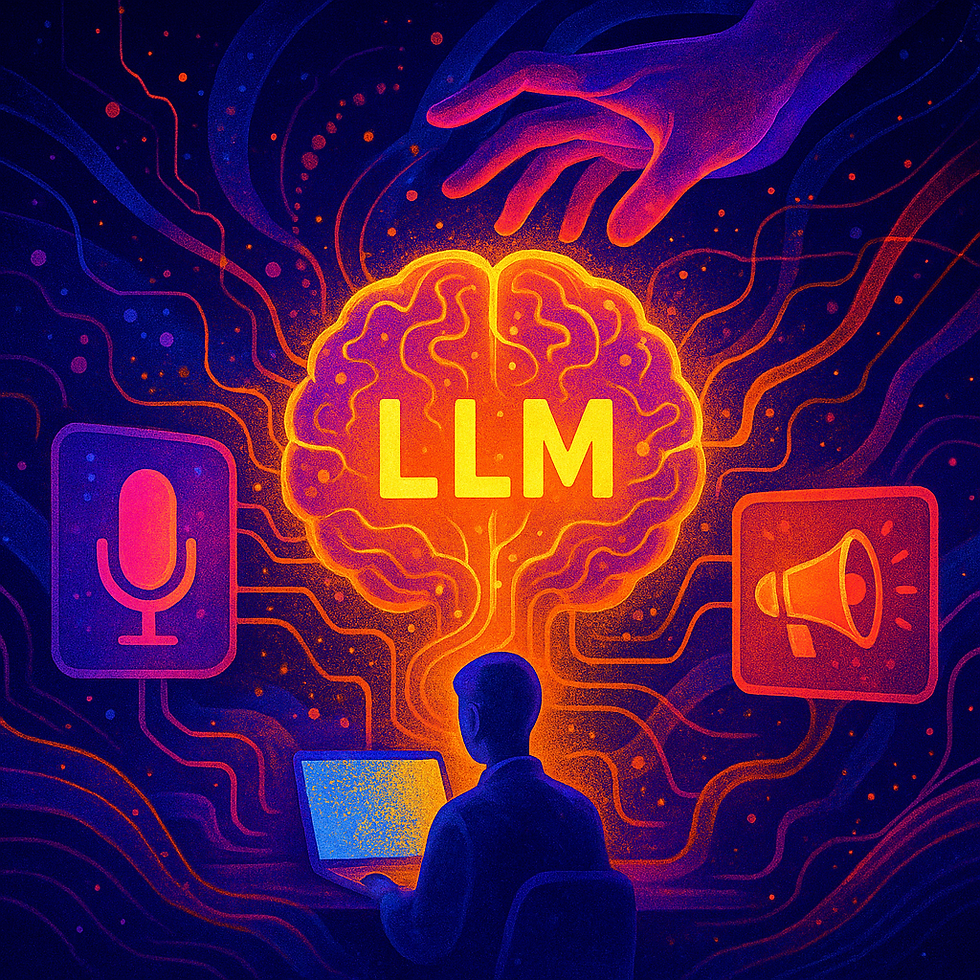
UX INSIGHTS, EXPERT INTERVIEWS, GAMING UX
Inside the Game: Exploring the State of Gaming UX - Where Fun Meets Function!
UX Insights: Interviews with Industry Experts Part 2
Ever wondered what goes on behind the scenes of game development? Join Laura Donohue and Mark Brady from our UX Alliance partner Sutherland labs as they unveil the fascinating world of UX testing for games. 🚀
5
MIN
Apr 9, 2024
With this series of interviews, we want to show how diverse the field of UX is and what interesting stories our partner companies from the UX Alliance can tell. The UX Alliance is a network of leading UX research and design companies around the globe.
Today, we're speaking with Mark Brady and Laura Donohue, two seasoned professionals from Sutherland Labs, a member of the UX Alliance. Mark, Senior Research Director at Sutherland Labs' Covent Garden office, brings a rich background in design and technology. He specializes in empathetic design, ensuring products and services are user-friendly and enjoyable. His experience spans from app development to comprehensive services, with a focus on continuous iteration and adaptation to change.
Laura Donohue is a skilled professional in playtesting and user research, especially in the gaming sector. At Sutherland Labs, she broadens her expertise in UX testing, delving deep into player interactions with game mechanics, storylines, and environments. Her insights contribute significantly to understanding user experiences in gaming.
Interviewer: Welcome, Laura and Mark. Laura, could you share how you got into testing for games?
Laura: I started in user research for software, then joined Sutherland Labs to diversify my experience. Initially, I did playtesting for indie (=independent) developers before moving to official playtesting at Sutherland.
Interviewer: How do you differentiate game testing from traditional QA testing?
Laura: QA testing involves repeatedly playing to identify bugs. Playtesting is more surgical, focusing on player experiences with game mechanics, story, and environment.
Interviewer: What aspects of a game are you primarily concerned with in UX research?
Laura: All aspects really, including game mechanics, interactions, and the overall experience. We ensure the game is engaging and aligns with the studio's vision.
Mark: Adding to that, we assess if game mechanics are clear and enjoyable. This includes navigation, character development, story coherence, and multimodal elements like audio instructions.
Interviewer: What does playtesting typically involve?
Laura: It varies from short-term, focusing on a game's "vertical slice," to longer sessions spanning multiple days. A vertical slice is a fully playable section of the game, representing the core features and experience. It helps us understand the look, feel, and flow of the game as a whole.
Interviewer: Can you speak about different durations of playtesting?
Mark: Absolutely. We conduct longitudinal testing, where we revisit a game over a lengthy period, observing changes in player behaviour and game dynamics. This contrasts with single-session testing, where we evaluate the game based on the participants often playing only a “vertical slice”.
Laura: In both cases, we frequently test with groups of people. The default approach is to let them play for a while, then retroactively discuss their experience. We usually encourage the discussion between participants as a tool to generate better insights. We also use questionnaires to have players rate different aspects of the game in a more quantified manner.
Interviewer: In recent years, VR and AR gaming have become more and more main stream, and users can now run quite elaborate simulations using only their smartphones and connected VR / AR headsets. Can you elaborate on testing for VR and AR in gaming?
Laura: VR and AR bring unique challenges, like ensuring physical safety and comfort. We test for motion sickness, ease of interaction, and immersion. The feedback loop is crucial as these technologies evolve rapidly. User comfort is paramount, especially in VR, where physical disorientation can be a significant issue.
Mark: In VR and AR, we also pay close attention to the user's environment. We test different settings to ensure games are adaptable and responsive to real-world surroundings. This includes assessing how virtual elements interact with physical space and ensuring the experience remains consistent across varied environments.
Laura: For AR games, we often visit participants in their homes. It's only in a realistic environment that we can truly evaluate the experience, seeing how digital elements blend with the physical world and ensuring a seamless gameplay experience. This approach helps us understand how players interact with AR elements in their everyday surroundings, which is crucial for designing intuitive and engaging AR games.
Mark: VR demands a high level of immersion. We test extensively on how players navigate and interact within a virtual space, ensuring the experience is intuitive and engaging. We focus on the fluidity of movement, interaction with virtual objects, and the overall sensory experience, aiming to create a believable and absorbing virtual world.
Interviewer: Do you often engage in iterative testing with game studios?
Laura: Yes, iterative testing is integral in game development. The game development life cycle naturally lends itself to this process. As games are developed in stages, testing at each stage allows for feedback to be implemented before the next development phase begins. This approach helps in refining game elements progressively, ensuring that the final product aligns closely with player expectations and the studio's vision. It's more efficient to make adjustments during development than post-release. Regular testing sessions, sometimes as frequent as every few weeks, allow us to track changes and their impacts on user experience in real-time. This continuous loop of feedback and improvement is essential for creating compelling and successful games.
Interviewer: Why should game studios rely on external agencies for playtesting?
Laura: External agencies offer impartiality, which is vital for unbiased feedback. Developers can become too close to their projects, missing key issues that fresh eyes can spot.
Mark: Additionally, agencies like ours ensure data security and handle the logistical aspects of testing. This allows game studios to focus on development while we take care of gathering and analyzing user feedback.
Laura: We also bring a diverse pool of testers, providing a broader range of perspectives that a studio might not have internally.
Interviewer: How does game testing differ from other client work?
Mark: Game testing focuses on making games challenging yet enjoyable, unlike the transactional nature of app or website testing, where the goal of UX research usually is to optimize the interface’s efficiency.
Curious about international UX testing? 🧐 Get in touch with us to discuss!
RELATED ARTICLES YOU MIGHT ENJOY
INTERVIEWER
Jan Panhoff
started working as a UX professional in 2004 after completing his M.Sc. in Digital Media. For 10 years he supported eBay as an embedded UX consultant. His focus at uintent is on automotive and innovation research.
Moreover, he is one of uintent's representatives in the UX Alliance, a global network of leading UX research and design companies around the globe.







.png)













